
As mountain bikers, we can be so focused on the trail ahead that we hardly have a chance to appreciate the nature surrounding us. The trees and foliage are full of wonders and history. Take a breather this Earth Day and learn a little bit more about your surroundings with The Mountain Biker’s Guide to Nature.

Ancient Ferns
Ferns are a plant species older than time, or rather older than the time humans have been around to record. There are around 10,560 known species of ferns on earth, and they can be found in most habitats, from high alpine to the desert floor. Plenty of mountain bike trails in the US will have sword ferns, maidenhair, and bracken.

Beech Trees
Naturally occurring beech trees grow in massive communities and their intertwined canopy of leaves leaves little light for mid and understory vegetation. While their foliage does fall away and regrow every season, the dead light-catchers hang from the branches of younger beech through much of the winter months, in a process called marcescence.
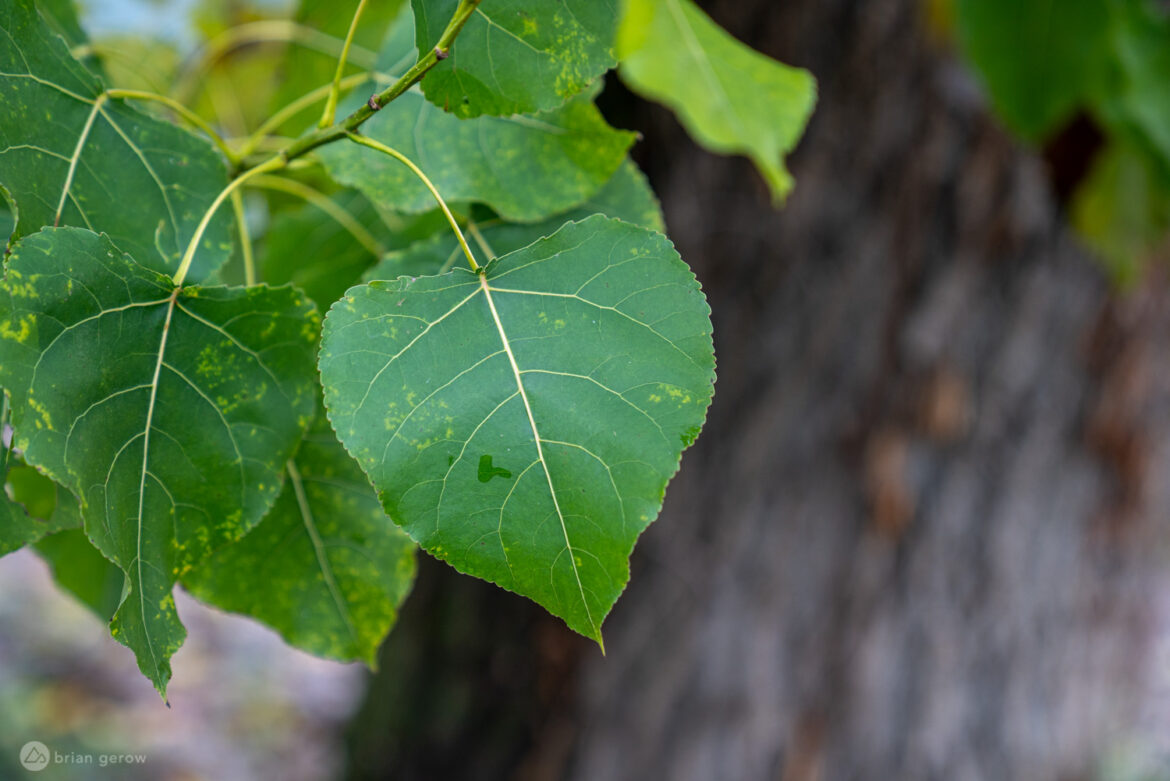
Cottonwood Trees
The three species of cottonwood trees are native to North America, Europe, and western Asia. Cottonwood trees are can reach over 100 feet tall and can be identified by their massive triangle-shaped leaves with coarse serrations all around the edges. The tree can be used for paper and cardboard production, carving artwork, herbal remedies, and much more.
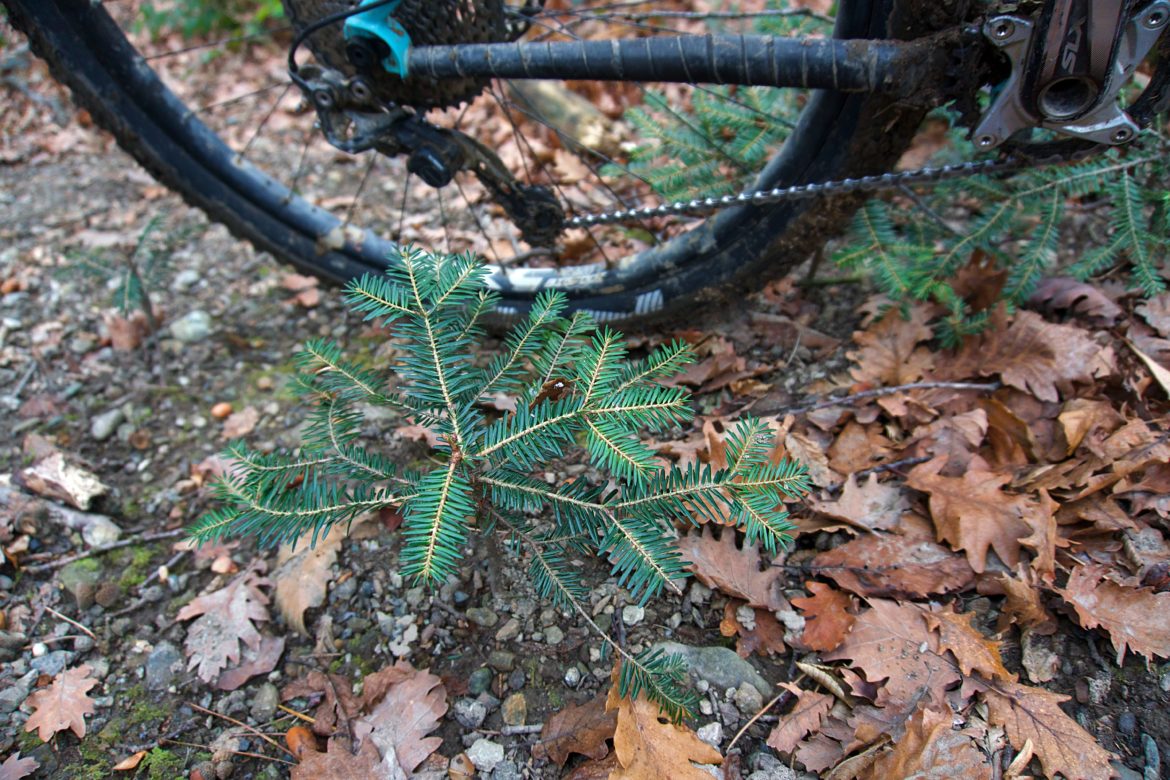
Fir Trees
If you ride trails outside of the desert you have likely passed by a fir tree or two. With more than 48 species under the fir canopy, you can find some iteration of the symmetrical arboreal icons in Northern Africa, Asia, North and Central America, and much of Europe. Fir provides the primary nesting habitat for a variety of songbirds and raptors. Along with shelter, the soft bark, sap, and seed-cones of fir trees are a major food supply for deer, black bear, rabbits, squirrels, chipmunks, mice, insects, and of course birds.

Hawthorn
Hawthorns are native to the temperate trails in Asia, Europe, North Africa, and North America. The tree has several other names, including the May-tree and Mayflower. The easiest way to identify most hawthorn trees is by their thin, parsley-shaped leaves that have deep lobes and a semi-transparent thickness that helps to make their veins stand out clearly.

Hemlock Trees
There are several characteristics that set hemlock apart from other evergreen conifers. The most obvious ones are their often tiny seed and pollen cones that litter the forest floor like pebbles, and their leaves with two white stripes on the underside like a white fir–though less uniform in placement and length than a fir. While there are a loads of hemlock specimen in forests around the world, the tree’s slow growth and its susceptibility to insect infestation has put some species on the watch list for endangerment.
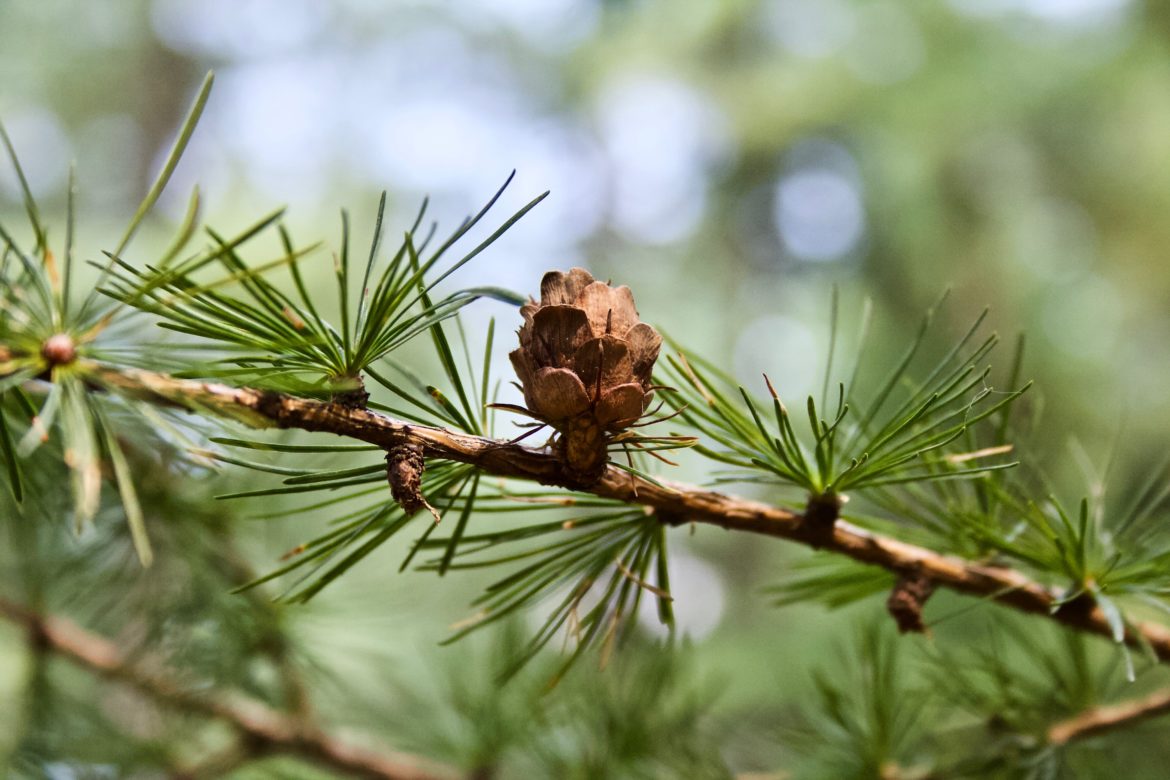
Larch Trees
Larch is among the most northern growing species of trees, covering the northern forests of Europe, Siberia, China, North America, and Japan. Some common identifiers of the deciduous larch tree are its needles 2-5cm long, under 1cm wide; 30-40 needles that emanate from short stems in a whirled-cluster needle pattern; and short, multilayered cones, red to dark brown depending on cone age, egg or oval shaped.

Maple Trees
One way to identify a maple tree is to look at the Canadian flag and compare. Unfortunately, not all maple leaf trees take that same shape. They can have three, five, or seven lobes per leaf, and the leaves vary in size from the width of your fingertip to big leaf maple shaders that are larger than your head.

Mountain Laurel
Mountain laurel (Kalmia latifolia) is a plant that’s closely identified with some of the best mountain bike trails on the east coast of the United States. Also known as spoonwood, mountain laurel branches and burls are used to make spoons and bowls for pipes. Mountain bikers will be interested to know that Native Americans have found mountain laurel useful as an analgesic.
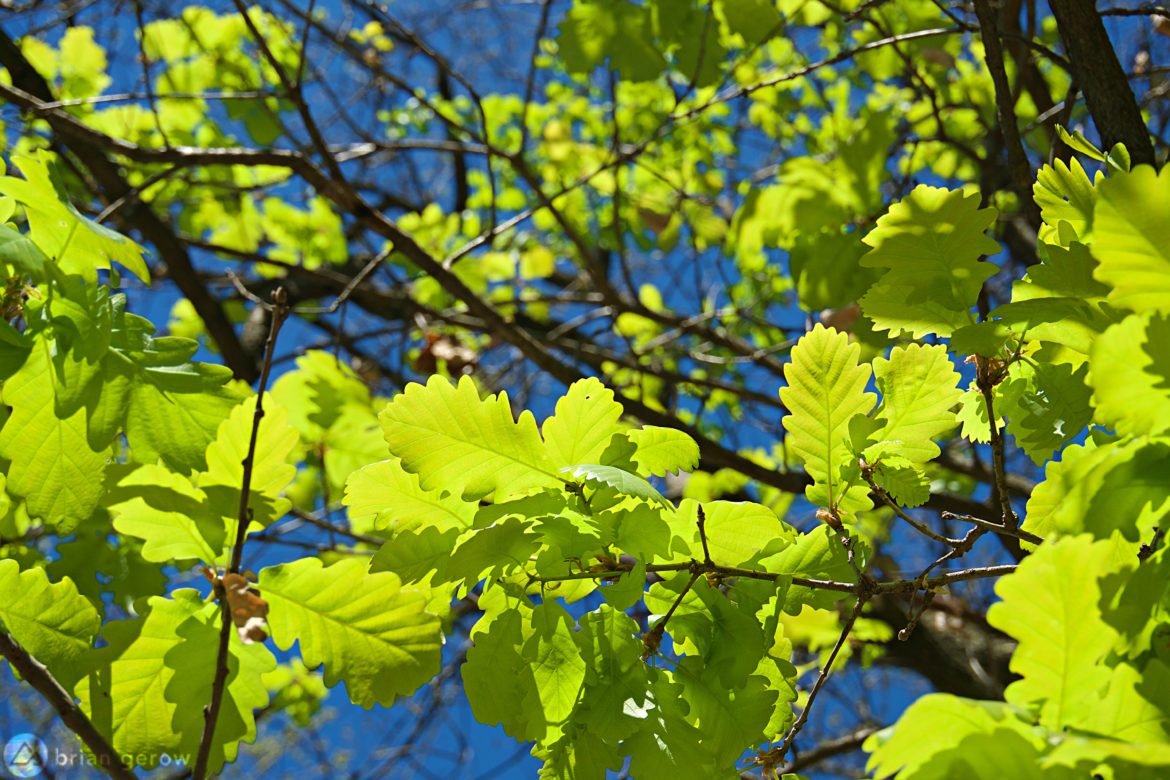
Oak Trees
Oak trees are native to six of the seven continents on earth, so chances are you have mountain biked among them. Humans have historically used oak’s strong lumber for ship and home building, its fruit ground for baking flour, its natural colors for dies and pen ink, and its gracious shade for thought and reflection. Read on for an oak aged bourbon cocktail recipe.

Pine Trees
Pine trees make up some of Earth’s oldest living plants. Most of the roughly 120 species of evergreen conifers that make up the pine species are spread across the northern hemisphere. Pine nut pesto is a traditional Ligurian dish, the same region you will find the legendary tracks of Finale Ligure. Click here for Gerow’s quick and easy recipe.
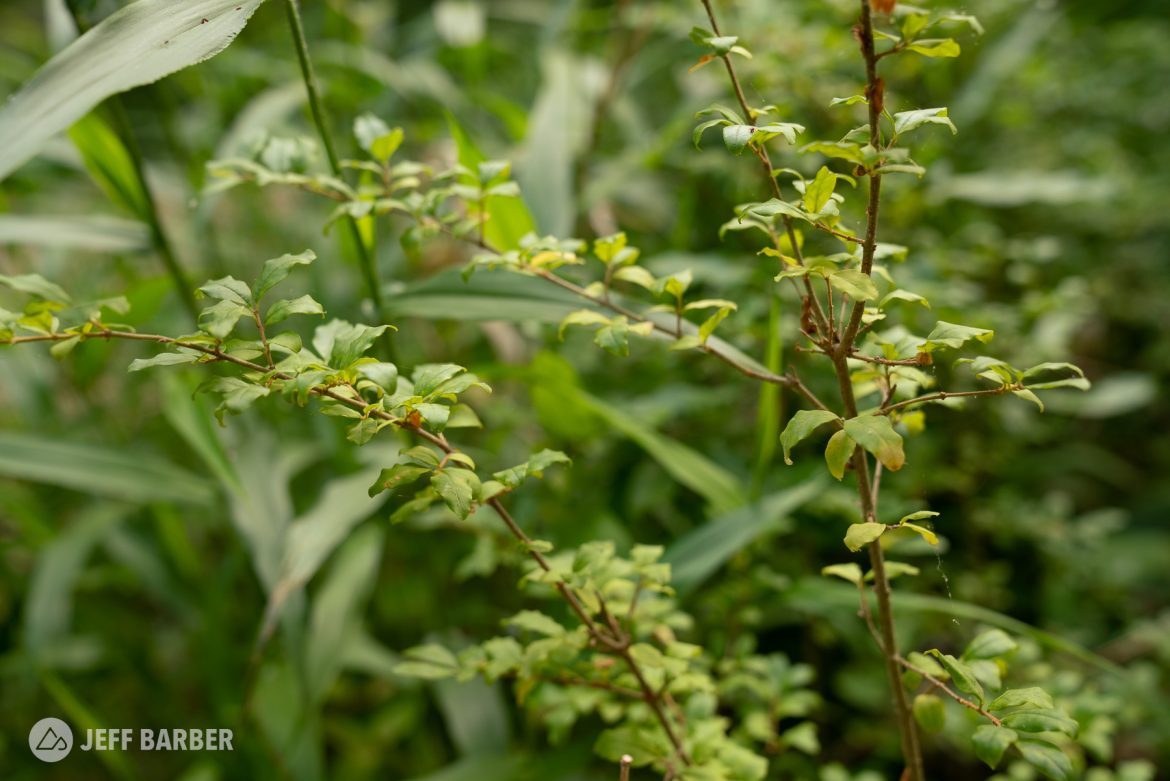
Privet
Privet is native to Europe, north Africa, and Asia where it’s considered an ornamental and is often planted for hedging. In the US, privet can be found from Texas to Massachusetts. Chinese privet is an invasive species in the southeastern United States. Suburban and in-town mountain bikers are more likely to encounter privet than those exploring trails in natural, undeveloped areas like National Forests.

Quaking Aspen
As the heaviest and one of the oldest living organisms on earth, aspen largely grow in colonies by sending up clones of themselves from their massive and ever-expanding root systems. Apart from their bright white bark and communal living preferences, aspen can be identified by their sturdy bark and cacophonically musical leaves. It’s easy to mistake birch trees as aspen trees but each have distinctive barks and leaf serrations.

Stinging Nettle
Stinging nettle grows in damp areas with partial shade, either near water or in soil that can maintain appropriate moisture levels in the shade of nearby tree stands. You will find these prickly plants at elevations ranging from sea level to sub-alpine, spreading “vegetatively” and by seed dispersal alike. The plants, rich in vitamins A and C, iron, potassium, manganese, and calcium, have been harvested for teas and tinctures, and in some cases directly applied to the skin to cure specific ailments.

Willows
Comprised of around 400 species, the deciduous willow tree, or Salix as botanists would have it, can be found alongside waterways and bolstering the soil in marshlands. People as geographically diverse as Syrian and Native American cultures have reportedly chewed willow bark for centuries as a pain reliever, and the first Aspirin was derived from its bark.
What is a plant or tree that you associate with mountain bike trails?
















